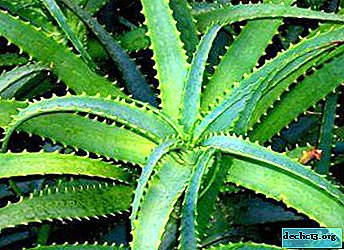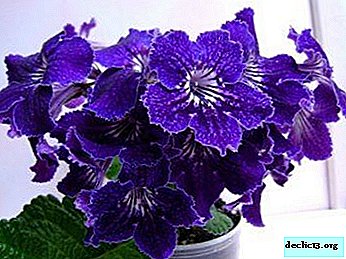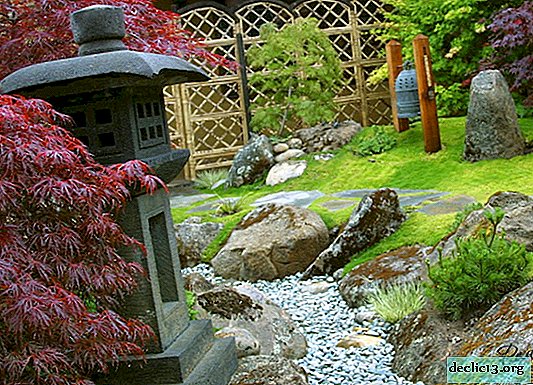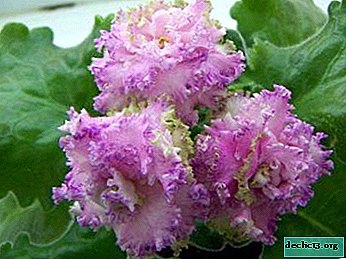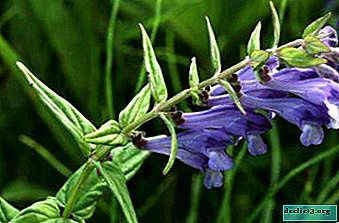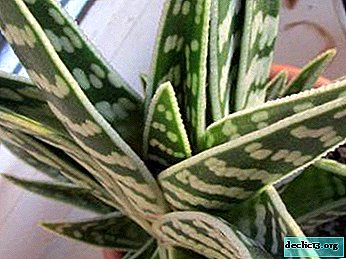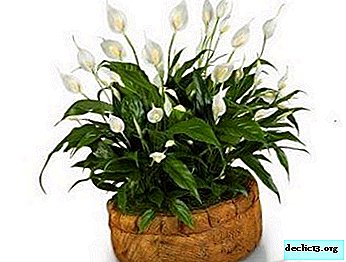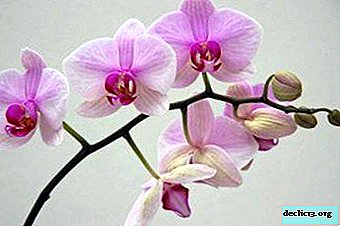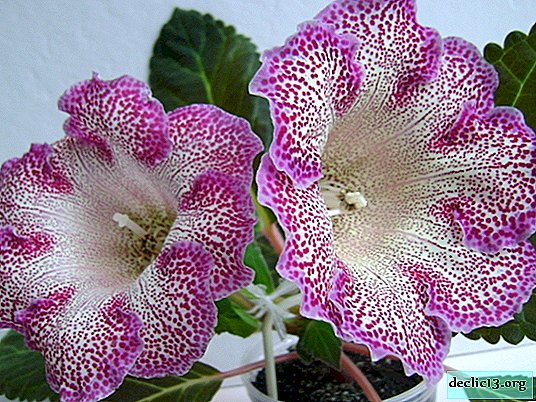We grow Euphorbia tirukalli at home correctly!
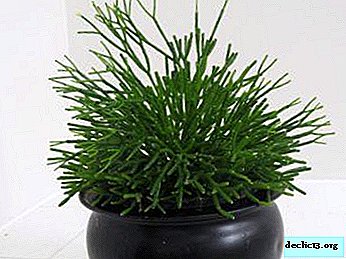
Euphorbia or euphorbia is the most famous and extensive genus of the euphorbia family. It includes about 2 thousand species of completely different plants, one of which is euphorbia tirukalli. A feature of this plant is that it is completely unpretentious in the care and even a beginner grower can cope with its cultivation and breeding.
In this article, you will learn about the nuances of growing euforbia of tirucalli, how to propagate it correctly, and what diseases this unpretentious flower can affect.
Botanical Description
Euphorbia tirucalli is also called rubber milkweed. This dangerous and interesting plant has a huge number of branches, in the wild it grows up to 9 meters. At home, with unsystematic circumcision, he is able to grow up to 6 meters.
Euphorbia tirucalli has a round and smooth stem. In a young plant, it is bright green, in the old one it is dark gray. The flowers of this dioecious plant have no petals. Its common umbrella inflorescence consists of several single ones. The width of the green linear leaves is 1.5 mm, the length is 12 cm.
Decorative milkweed is achieved due to the elegant bushiness and fleshy branches. Almost all species of this plant have the main difference, which is the presence of white poisonous juice. The poisonous substance is euphorbin, which causes:
- inflammation of the nasal mucosa and eyes;
- burns;
- violation of the functions of the gastrointestinal tract.
Another difference is the presence of leaves on young plants, on the old they are not at all. Euphorbia differs from cactus species in that on a plant growing at home, the probability of the appearance of flowers is reduced to zero.
Important! You need to know that the euphorbia tirukkali is one of the most poisonous domestic plants, therefore it is necessary to carry out work on its care with gloves. In case of accidental contact with juice on the skin, this place should be washed well with running water.Photo
Check out the euphorbia tirucalli photo below:




Home Care
Euphorbia tirukalli is considered unpretentious culture. Keeping and caring for him is easy. But in order for the plant to grow beautiful and healthy, experts advise to adhere to certain rules of planting and care. For cultivation, it is best to take in equal parts:
- sheet earth;
- garden soil;
- coarse sand.
It is good if a little charcoal is added there.
Temperature
At home, euphorbia tirukalli will grow for many years in the optimal conditions created for it. This also applies to temperature, which should be + 21-23 ° C during the day and + 15-18 ° C at night.
- In the winter season, the plant is at rest, therefore, for this period it is brought into a room with a temperature of +12 ° С. If this indicator is less, then the euphorbia of tirukalli may disappear.
- In the summer, it is useful for him to be in the fresh air, the main thing is that there is no draft, and he does not fall in the rain.
Watering
During the growing season, which lasts from spring to autumn, and at a time when the soil in the pot has noticeably dried up, watering should be moderate.
Attention! Abundant watering can cause the roots to rot.Rarely watered the plant in winter. But we must ensure that the earth does not dry out. It is best to use water infused for 7 days. Dry air for milk of Tirukalli is not terrible.
Shine
This culture is unpretentious and quick adaptation to any conditions. However, a window sill facing south is considered a more suitable place for it. If the illumination is very weak, then the plant, stretching, will lose its decorative effect.
Pruning
This type of milkweed is growing rapidly, needs periodic pruning. Cut the tops of the shoots with a sharp knife, leaving the plant the desired height. The place of cut must be treated with crushed coal. Those cuttings that were cut, then you can apply in order to propagate the euphorbia tirukalli.
Top dressing
 The plant is fed in the spring at the stage of active growth and, depending on its size, 1-2 times.
The plant is fed in the spring at the stage of active growth and, depending on its size, 1-2 times.
For feeding, you need to take fertilizer specifically designed for succulents.
If you make a small amount, this will well affect the color of the stems. But remember an overdose, especially with nitrogen fertilizers, is extremely dangerous for milkweed, as it can lead to the death of the plant.
Pot
Plant the plant in a deep and wide pot with thick walls. At the bottom there should be holes through which excess water will flow out. It must be drained immediately. A good drainage layer is also necessary, the role of which can be expanded clay or small pebbles.
Reference! No need to plant a plant in a pot larger than the size you need. This can contribute to rotting of the root system.Breeding
For propagation of milkweed Tirukalli at home, only cuttings are taken.
- The first thing to do is to cut off shoots growing upwards with sharp scissors or a knife.
- Put the cuttings in water, which should be warm. This is necessary so that milky juice completely flows out of them.
- Then they must be left for a day to dry.
- Places where the slice is located are treated with phytohormone or crushed coal.
- A peat layer is poured into the prepared pot; carefully washed coarse sand is placed on it.
- The cuttings must be immersed in the prepared soil until the lower end is immersed in a layer of peat.
- After this, it is necessary to water and put in a warm, bright place.
- In order for rooting to take place better and a greenhouse effect is formed, they are covered from above with a jar or a plastic bottle.
The bush of the plant will be lush if you plant several rooted shoots in one pot.
Disease
Root rot is the most dangerous disease of milk of tirukalli, which develops with excessive watering. Most often, the roots rot when an excess of water is combined with a low temperature in the room. In this situation, transplanting the plant into a new pot will help, while the damaged roots are necessarily removed.
Subcooling leads to a discoloration of the stems. They become brown and soft. In this case, tirukalli cannot be cured. With excess sunlight, the leaves will turn yellow. The solution to the problem is simple - you just need to eliminate the ingress of light.
With the help of unusual milk of Tirukalli in the house, you can create a beautiful green corner without spending a lot of time and effort. However, this plant requires careful handling and consideration of various factors.


